N Harihara Subramaniyan
Remembering Chanakya (Kaudilya The Great)
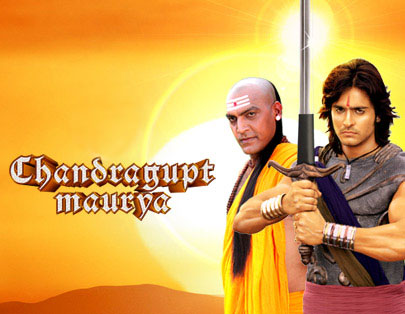
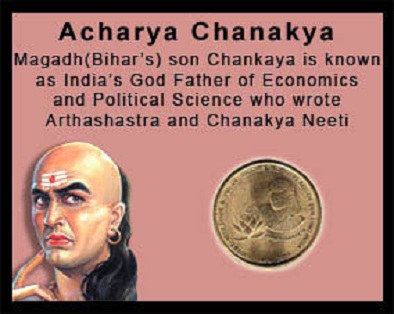
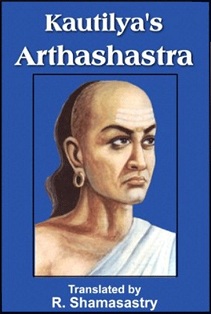
Chanakya was an Indian teacher, philosopher, and royal advisor. Originally a professor of economics and political science at the ancient Takshashila University, Chanakya managed the first Maurya emperor Chandragupta's rise to power at a young age. He is widely credited for having played an important role in the establishment of the Maurya Empire, which was the first empire in archaeologically recorded history to rule most of the Indian subcontinent. Chanakya served as the chief advisor to both Chandragupta and his son Bindusara. Chanakya is traditionally identified as Kautilya or Vishnu Gupta, who authored the ancient Indian political treatise called Arthasastra (Economics). As such, he is considered as the pioneer of the field of economics and political science in India, and his work is thought of as an important precursor to classical economics. His works were lost near the end of the Gupta dynasty and not rediscovered until 1915.
Some representative pictures and Quotes to remember "Chanakya the Great".
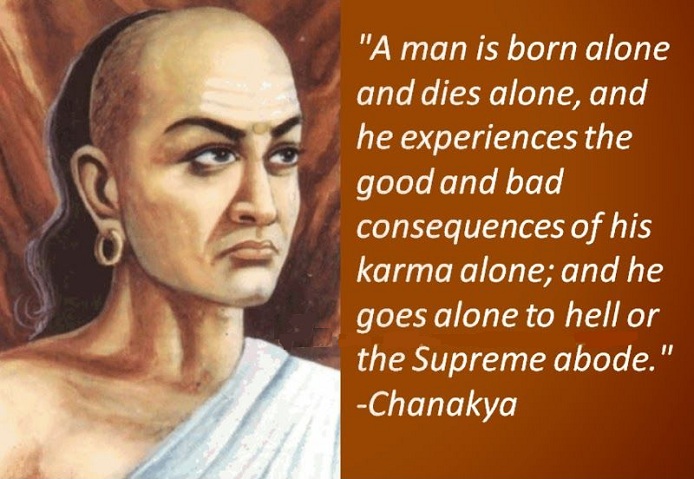
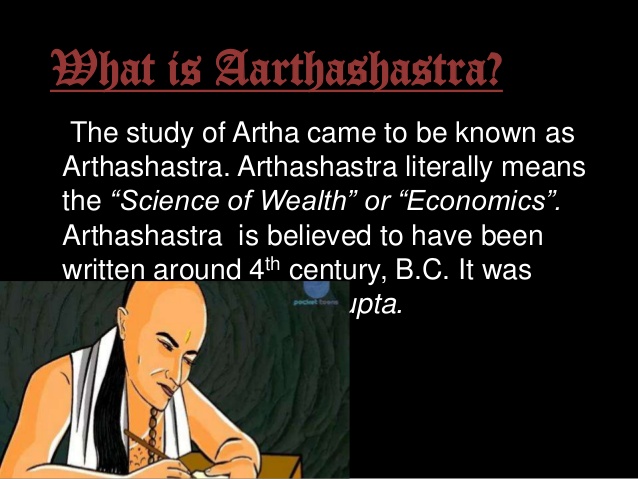
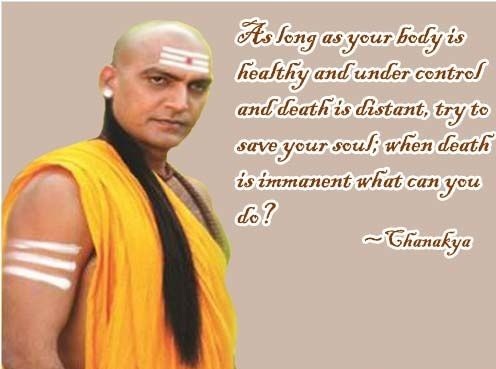
Brief About Chanakya
Son of Rishi Chanak, Chanakya, also known as Kautilya or Vishnugupta, was born in Pataliputra, Magadh (modern Bihar), and later moved to Taxila, in Gandhar province (now in Pakistan). At a very early age little Chanakya started studying Vedas. The Vedas considered being the toughest scriptures to study were completely studied and memorized by Chanakya in his infancy. He was attracted to studies in politics. In politics Chanakyas acumen and shrewdness was visible right from childhood. He was a student of politics right from child hood. Known as a masterful political strategist, He knew how to put his own people in the opposite camp and spy the enemy without his knowledge before destroying him forever. Chanakya was an ace in turning tables in his favor irrespective of the circumstances. He never budged to pressure tactics by the ruthless politicians. In this way after studying religion and politics, he turned his attention to economics, which remained his lifelong friend. "Nitishastra", a treatise on the ideal way of life shows his in depth study of the Indian way of life. He was a professor (acharya) of political science at the Takshashila University and later the Prime Minister of the Emperor Chandragupta Maurya. He is regarded as one of the earliest known political thinkers, economists and king-makers. He was the man to envision the first Indian empire by unification of the then numerous kingdoms in the Indian sub-continent and provide the impetus for fights against the Greek conqueror Alexander.
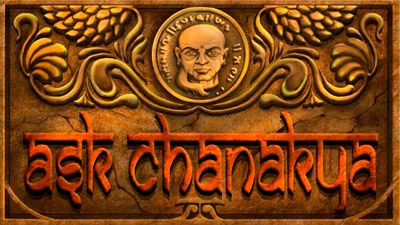
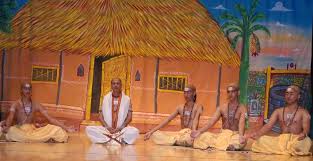
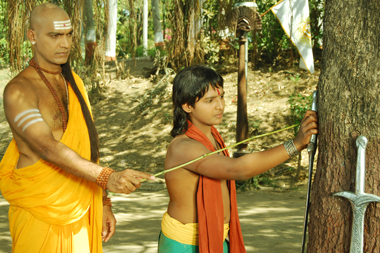
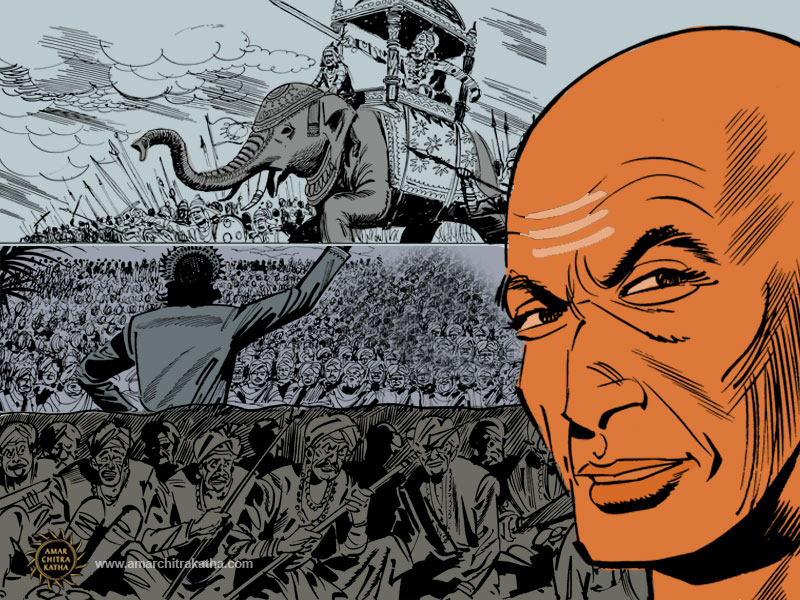
Where & When Born
Chanakya was born in a Brahmin family (350 275 BCE). Chanakya's birthplace is a matter of controversy, and there are multiple theories about his origin. According to the Buddhist text Mahavamsa Tika, his birthplace was Taxila. The Jain scriptures, such as Adbidhana Chintamani, mention him as a Dramila, implying that he was a native of South India. According to the Jain writer Hemachandra's Parisi??aparva, Chanakya was born in the Canaka village of the Golla region, to a Brahmin named Canin and his wife Canesvari. Other sources mention his father's name as Chanak and state that Chanakya's name derives from his father's name. According to some sources, Chanakya was a Brahmin from North India, scholar in Vedas and a devotee of Vishnu. According to Jain accounts he became Jain in old age like Chandragupta Maurya.
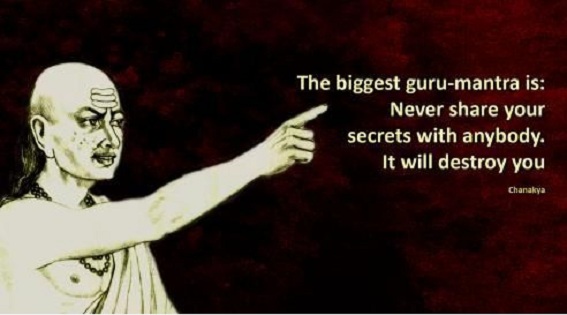
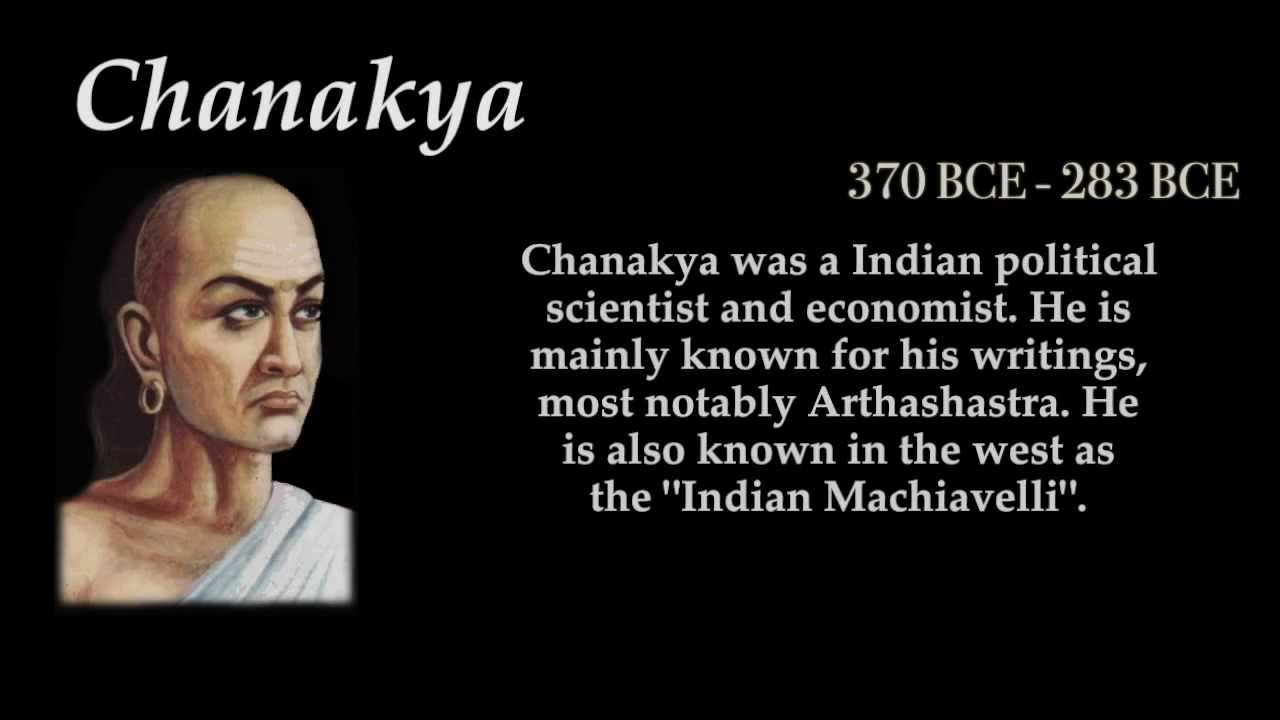
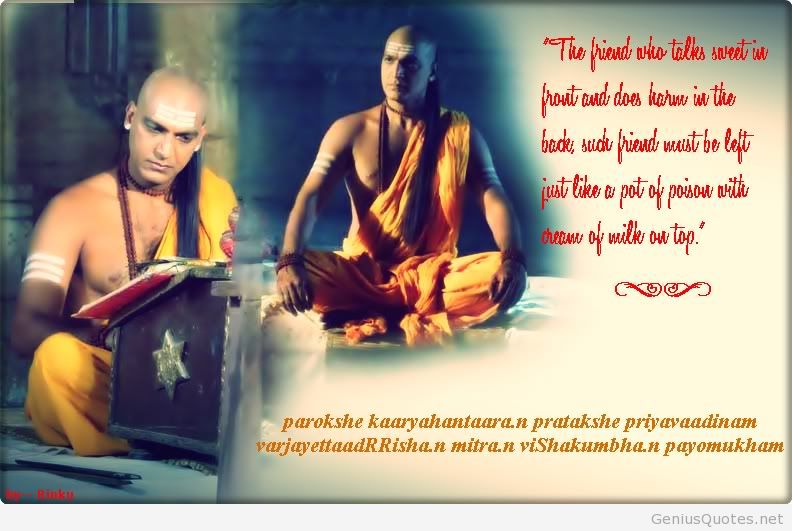
Brief History Of The Person
Twenty-first-century works such as Chanakya (2001) by B. K. Chaturvedi and Chanakya's Chant (2010) by Ashwin Sanghi also present semi-fictional narratives of Chanakya's life.
Chanakya's life was connected to two cities: Takshashila (Present day Pakistan) and Pataliputra (present-day Patna in Bihar, India). Pataliputra was the capital of the Magadha kingdom, which was connected to Takshashila by Uttarapatha, the northern high road of commerce.
Chanakya was born with a full set of teeth, which was a sign that he would become a king or an emperor. But since he was born in a Brahmin family, it was considered inappropriate. Thus, his teeth were broken and it was predicted that he would make another person a king and rule through him. Even as a child, Chanakya had the qualities of a born leader. His level of knowledge was beyond children of his age.
According to Chaturvedi and Ashwin Sanghi, Chanakya's father Chanak was a friend of Shaktar, the Prime Minister of the Magadha kingdom, and Chanakya loved Shaktar's daughter Suvashini. Shaktar had lost much of his political clout to another courtier called Rakshasa, and one night, Shaktar was imprisoned by the King Dhana Nanda. The rivalry of the Chanakya's family with King Dhana Nanda started when Chanak openly criticised the misrule of the king. After the execution of Chanak by the King, the former Magadha minister Katyayan sent Chanakya to Acharya Pundarikaksha of Takshashila. Chanakya completed his education at Takshashila and became a teacher there. After some years, he returned to Pataliputra to meet his mother, only to learn that she was dead. He also learnt that the Nanda administration had further deteriorated under the growing influence of Rakshasa, who had made Suvashini his mistress. When Chanakya visited the royal court to advise him, he was insulted and imprisoned by the king. Chanakya swore to take revenge.
Chanakya was rescued by the men of General Maurya, another person who despised with the king's rule. Chanakya came across Chandragupta as a young child. Even at that age, he was a born leader and showed the qualities of an able Emperor. Chanakya took Chandragupta Maurya to Takshashila, where he trained the young man. King Ambhi, the ruler of Takshashila, had allied with the invader Alexander the Great to defeat Parvataka. Chanakya and Chandragupta gathered a band of people discontented with Ambhi's rule and formed an alliance with Parvataka to defeat the Nanda king. Their initial attempts at conquering Magadha were unsuccessful. Chanakya realized his initial strategic error that he was attacking Magadha, the center of the Nanda territory. He then changed his strategy and focused on capturing the areas located at the peripheries of the Nanda empire. With help from Suvashini, he drove a wedge between the king and Rakshasa. Finally, he defeated the last Nanda king and established a new empire with Chandragupta Maurya as the emperor.
Chanakya is touted as the "Pioneer Economist of India". Chanakya was the adviser and Prime Minister of Emperor Chandragupta. Chanakya was a professor at the University of Takshila and was an expert in commerce, warfare, economics, etc. His famous works include Chanakya Neeti, Arthashastra and Neetishastra. At a later stage when Chanakya renounced everything and prepared to die by total abstinence was burned to death by his political rivals.
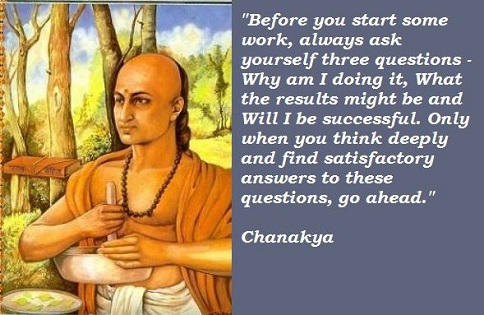
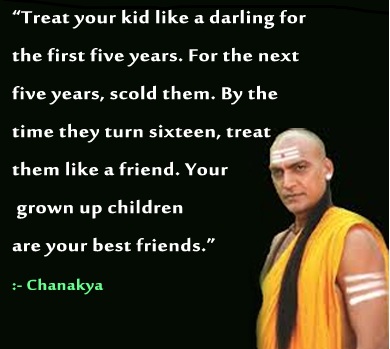
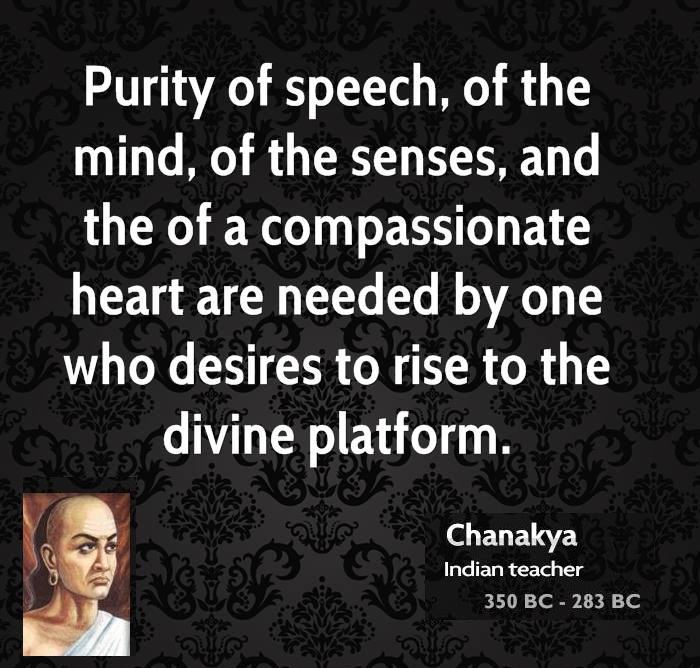
Career In Political
According to Mudrarakshasa ("The Signet of the Minister"), a play dated variously from the late 4th century to the early 8th century, narrated that Chandragupta was the son of a royal concubine named Mura and spent his childhood in the Nanda palace. Chanakya and Chandragupta signed a pact with Parvataka (identified with King Porus by some scholars) of north-west India that ensured his victory over the Nanda empire. Kingdom of Nepal provided safe sanctuary to the followers of Chanakya during his operations. Their combined army had Shaka, Yavana (Greek), Kirata, Kamboja and Vahlik soldiers. Following their victory, the territories of the Nanda empire were divided between Parvataka and Chanakya's associate Chandragupta. However, after Parvataka's death, his son Malayaketu sought control of all the former Nanda territories. He was supported by Rakshasaa, the former Nanda minister, several of whose attempts to kill Chandragupta were foiled by Chanakya. As part of their game plan, Chanakya and Chandragupta faked a rift between themselves. As a sham, Chandragupta removed Chanakya from his ministerial post, while declaring that Rakshasa is better than him. Chanakya's agents in Malayaketu's court then turned the king against Rakshasa by suggesting that Rakshasa was poised to replace Chanakya in Chandragupta's court. The activities by Chanakya's spies further widened the rift between Malayaketu and Rakshasa. His agents also fooled Malayaketu into believing that five of his allies were planning to join Chandragupta, prompting Malayaketu to order their killings. In the end, Rakshasa ends up joining Chandragupta's side, and Malayaketu's coalition is completely undone by Chanakya's strategy.
According to a legend, while Chanakya served as the Prime Minister of Chandragupta Maurya, he started adding small amounts of poison in Chandragupta's food so that he would get used to it. The aim of this was to prevent the Emperor from being poisoned by enemies. One day the queen, Durdha, shared the food with the Emperor while she was pregnant. Since she was not used to eating poisoned food, she died. Chanakya decided that the baby should not die; hence he cut open the belly of the queen and took out the baby. A drop (Bindu in Sanskrit) of poison had passed to the baby's head, and hence Chanakya named him Bindusara. Bindusara would go on to become a great king and became the father of the greatest Mauryan Emperor since Chandragupta - Asoka.

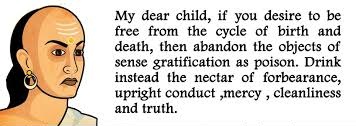
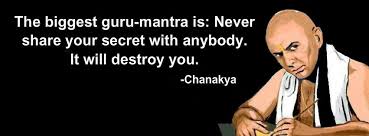
Leadership Qualities
Critical Moments Of Struggle In Life.
When Bindusara became a youth, Chandragupta gave up the throne and followed the Jain saint Bhadrabahu to present day Karnataka and settled in a place known as Sravana Belagola. Chanakya meanwhile stayed as the Prime Minister of Bindusara. Bindusara also had a minister named Subandhu who did not like Chanakya. One day he told Bindusara that Chanakya was responsible for the murder of his mother. Bindusara asked the nurses who confirmed this story and he became very angry with Chanakya. It is said that Chanakya, on hearing that the Emperor was angry with him, thought that anyway he was at the end of his life. He donated all his wealth to the poor, widows and orphans and sat on a dung heap, prepared to die by total abstinence. Bindusara meanwhile heard the full story of his birth from the nurses and rushed to beg forgiveness of Chanakya. But Chanakya would not relent. Bindusara went back and vent his fury on Subandhu, who asked for time to beg for forgiveness from Chanakya. Subandhu, who still hated Chanakya, wanted to make sure that Chanakya did not return to the city. So he arranged for a ceremony of respect, but unnoticed by anyone, slipped a smoldering charcoal ember inside the dung heap. Aided by the wind, the dung heap swiftly caught fire, and the man behind the Mauryan Empire and the author of Arthashastra was burned to death. His main philosophy was "A debt should be paid off till the last penny; An enemy should be destroyed without a trace". He seemed to have lived - and died - by his philosophy a paradigm shift. It has also emphasized the need for original and path breaking legal research to create new legal knowledge and ideas that will help meet these new challenges in a manner responsive to the needs of the country and ideals and goals of our Constitution
Principles & Practices
Chanakya advocated the following for the welfare of country
Chanakya envisioned a society where the people are not running behind material pleasures. Control over the sense organs is essential for success in any endeavor. Spiritual development is essential for the internal strength and character of the individual. Material pleasures and achievements are always secondary to the spiritual development of the society and country at large.
Achievements
His work on Arthashastra transcends the time broadly covers fourteen areas
Literary Works
Chanakya is perhaps less well known outside India compared to other social and political philosophers of the world like Confucius and Machiavelli. His foresight and wide knowledge coupled with politics of expediency helped found the mighty Mauryan Empire in India. He compiled his political ideas into the 'Arthashastra', one of the world's earliest treatises on political thought and social order. His ideas remain popular to this day in India. In Jawaharlal Nehru's Discovery of India, Chanakya has been called the Indian Machiavelli. Three books are attributed to Chanakya: Arthashastra, Nitishastra and Chanakya Niti. Arthashastra (literally 'the Science of Material Gain' in Sanskrit) is arguably the first systematic book on economics. It discusses monetary and fiscal policies, welfare, international relations, and war strategies in details. Many of his nitis or policies have been compiled under the book title Chanakya Niti. Nitishastra is a treatise on the ideal way of life, and shows Chanakya's in depth study of the Indian way of life.